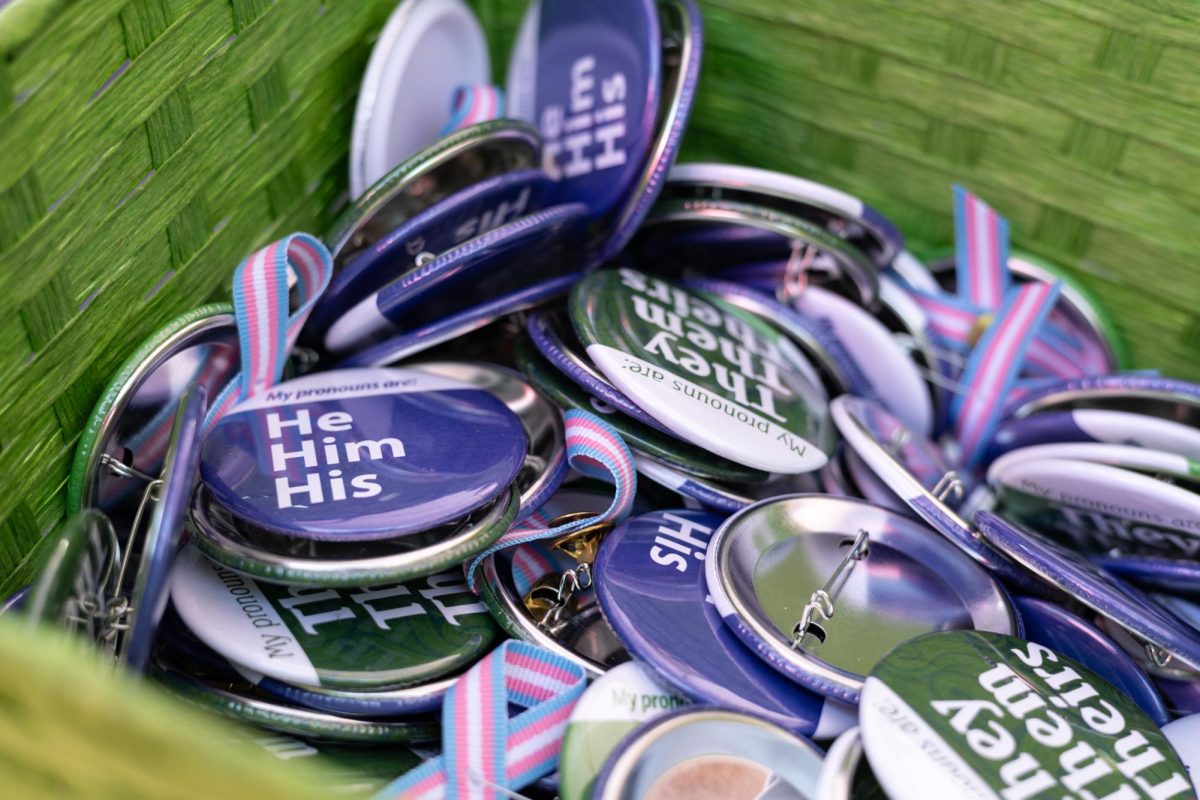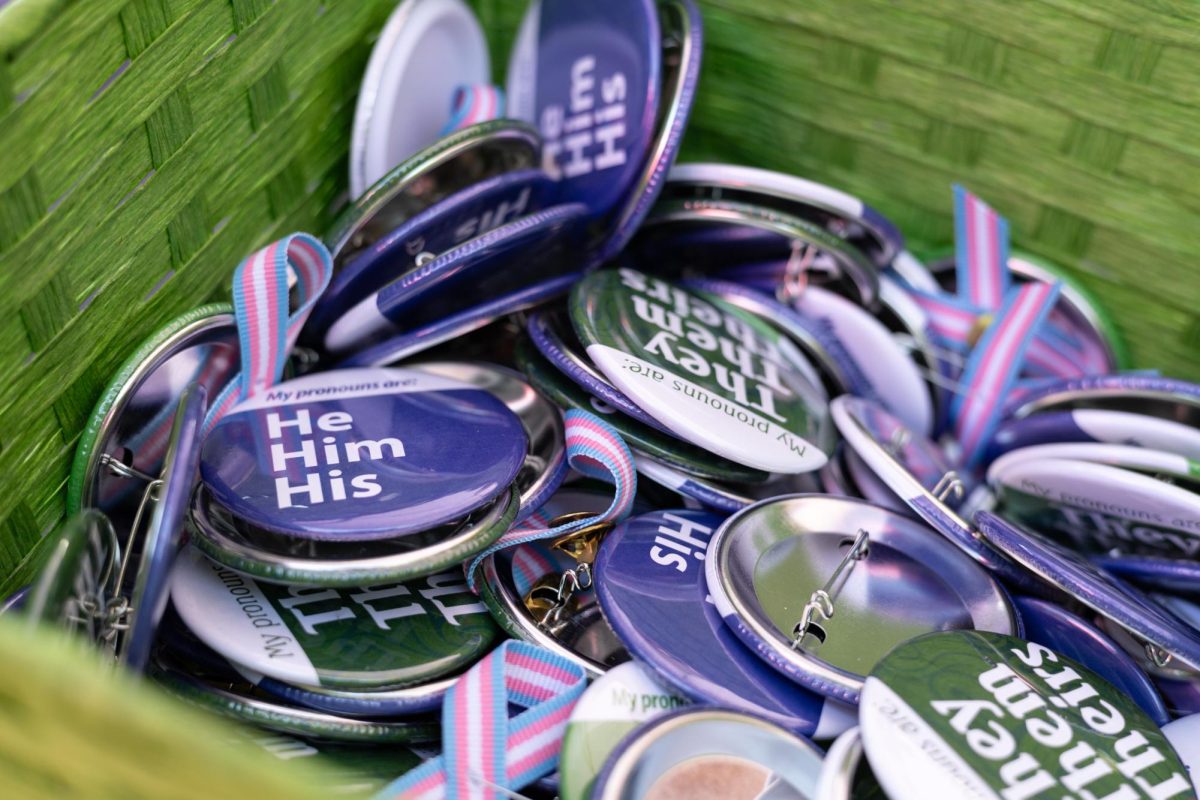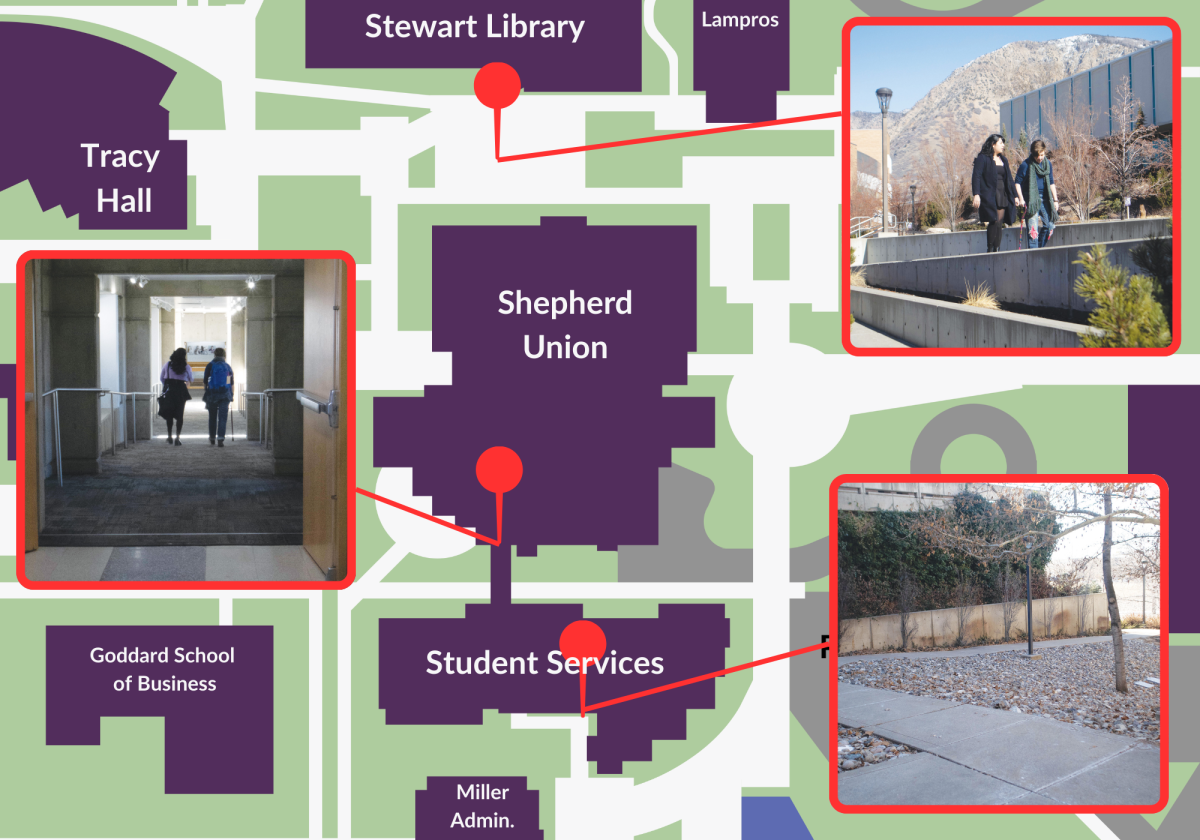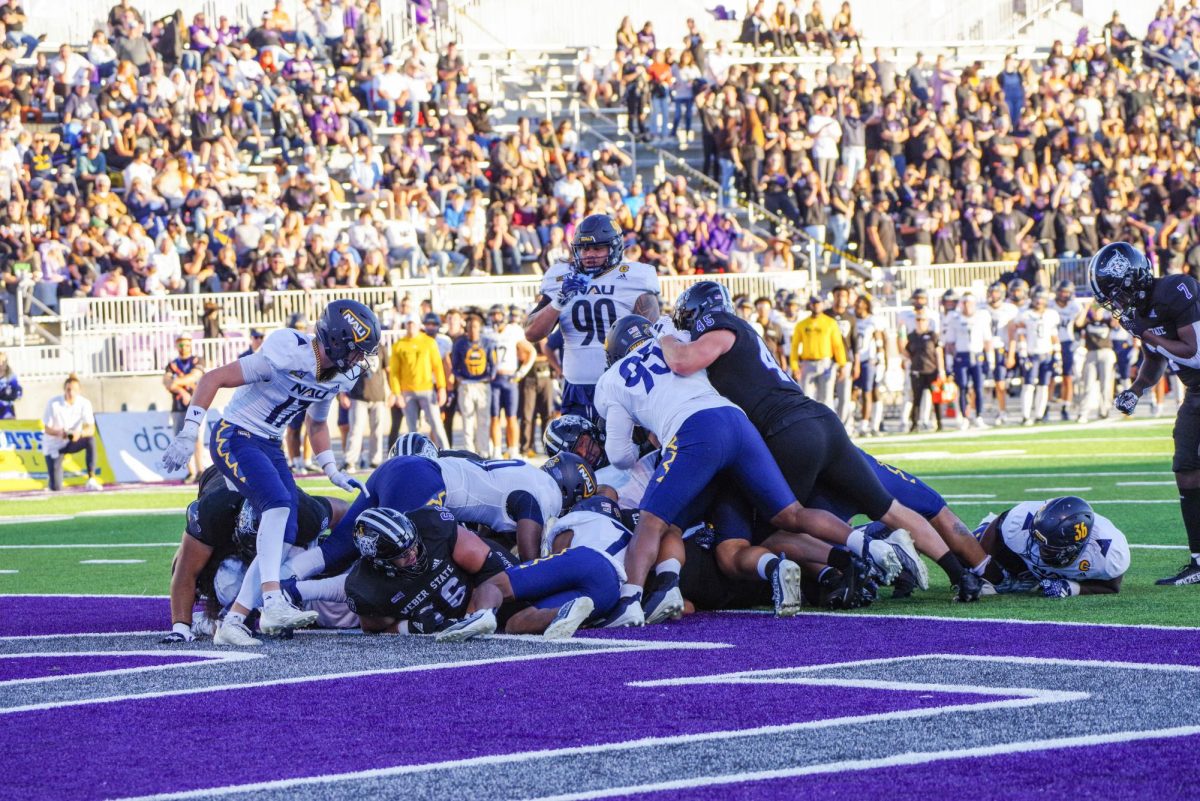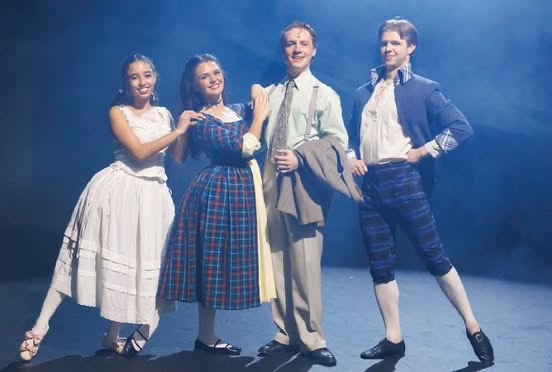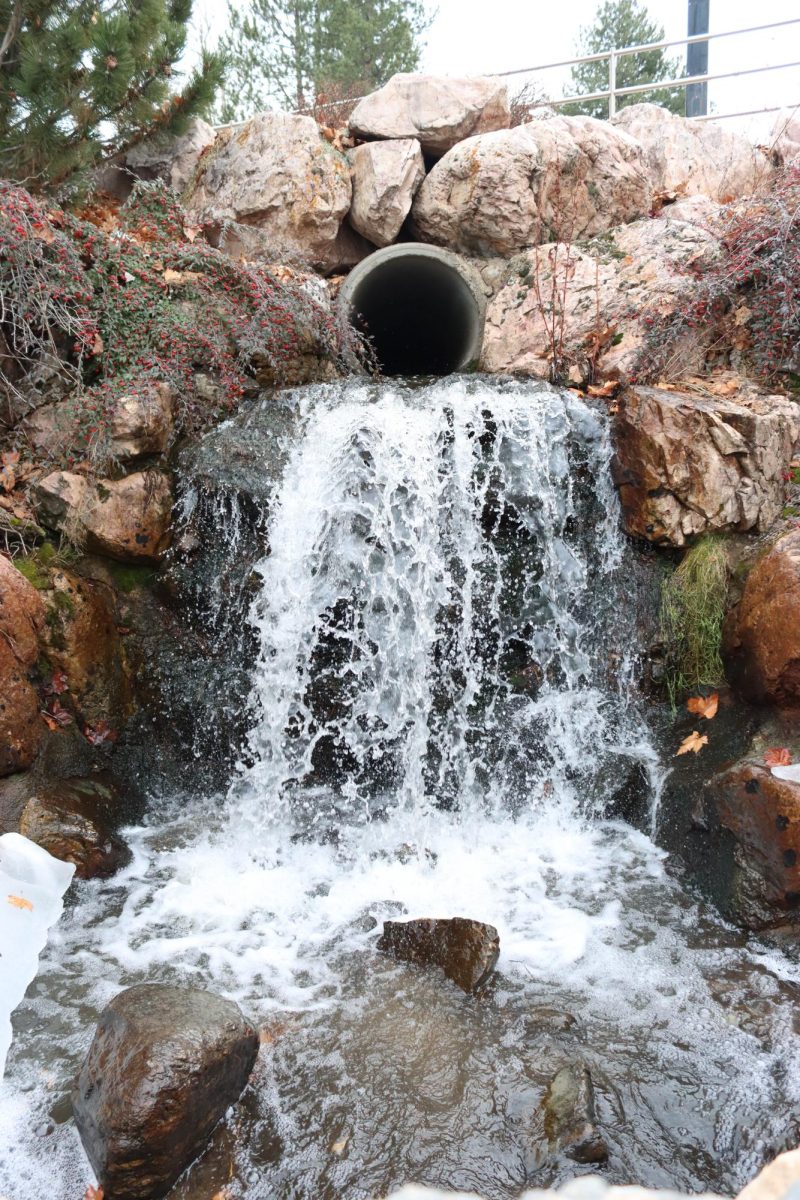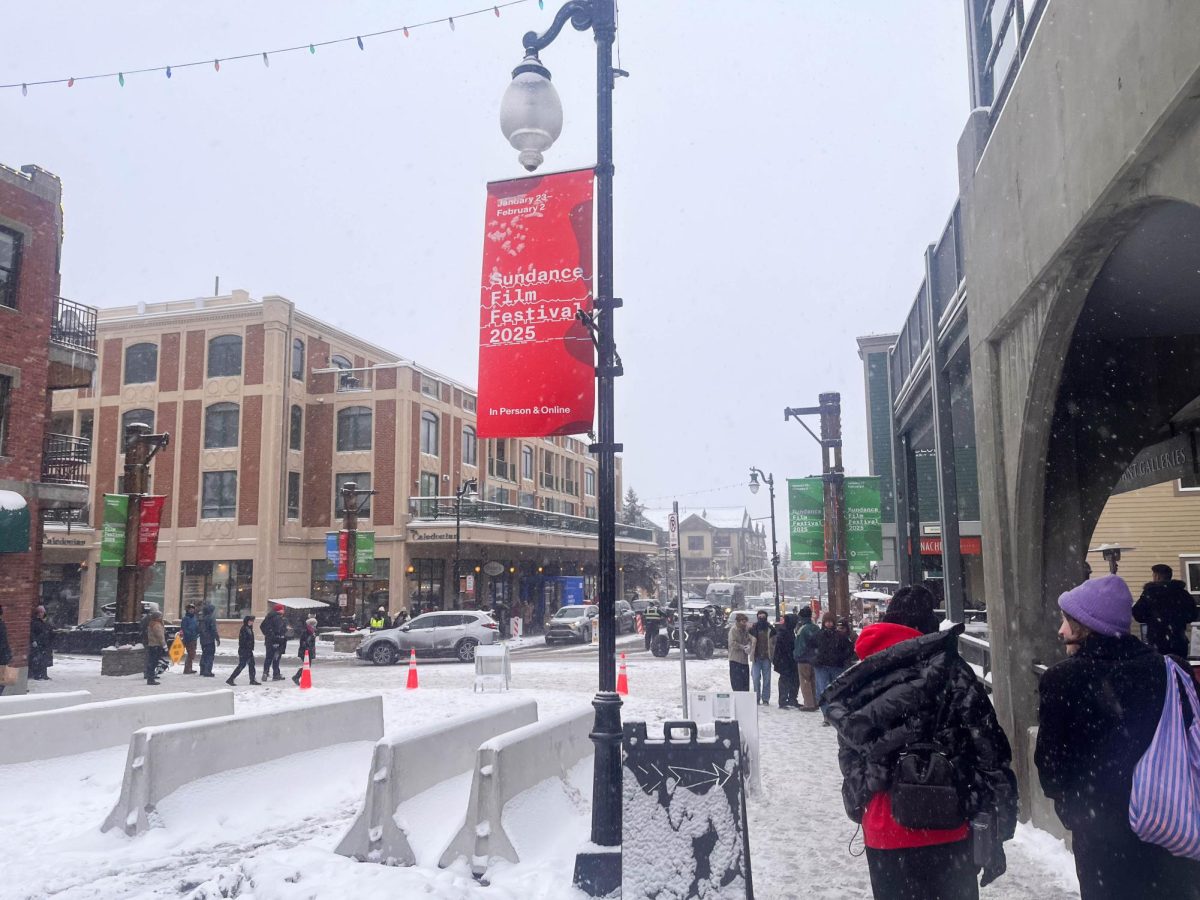Artist Lydia Okumura uses abstract line, geometric form and bright color to create works of art, providing a thought-provoking environment for her audience.
Her exhibit, Lydia Okumura: Situations, is currently featured at WSU’s Mary Elizabeth Dee Shaw gallery, on loan from the University of Buffalo Art Galleries. According to an announcement from Weber State’s Shaw Gallery, the exhibit features Okumura’s art — a collection spanning over 50 years.
“It’s a retrospective show,” said Brittany Jones, art gallery attendant at the Shaw Gallery.

“Okumura actively challenges viewers to question their perceptions of space through sculptures, installations and works on paper that blur the lines between two and three dimensions,” the announcement continues.
Born in Brazil to Japanese refugees, Okumura became a influence in the art world at a young age. According to Art and Education, a website promoting study of the arts, “While working in São Paulo in the late 1960s and early 1970s, Okumura joined a collective … called Equipe3. Together they were awarded the Juror’s Prize at the São Paulo Biennial in 1973 for their work Pontos de Vista (Points of View). Okumura’s contribution marked the beginning of her signature style of site-specific geometric compositions.”

Her art displayed at WSU includes 2D and 3D art, crafted with a variety of materials. Her exhibit includes, “Labyrinth,” a coiling stainless steel mesh covered in acrylic paint and “Untitled 1,” an installation featuring two painted rectangles on two different walls with their corners connected by black cotton string.
Preparing for the exhibit proved to be a unique experience for Shaw Gallery attendants, who had the opportunity to work directly with Lydia Okumura and her assistant.
“We flew her in for 20 days to help with the show,” explains Brittany Jones. “She was so laid back and happy to let us help.”
Addie James, another gallery attendant, said working with Okumura was an adventure.
The art show is a collection of works curated from the duration of Okumura’s professional career, meaning that Okumura and her assistants had some trouble setting up certain exhibits.

“The pieces for the work were sent over in crates and came with manuals,” James said, but the gallery attendants and Okumura struggled to set up the exhibit.
“Some of metal pieces were from a metal solo show she did in ’84,” James continued, “she didn’t remember how to install it.”
Nonetheless, Jones said Okumura was exciting to work with.
“[Okumura] broke down and did yoga…she even tried to do the splits,” said Jones.




